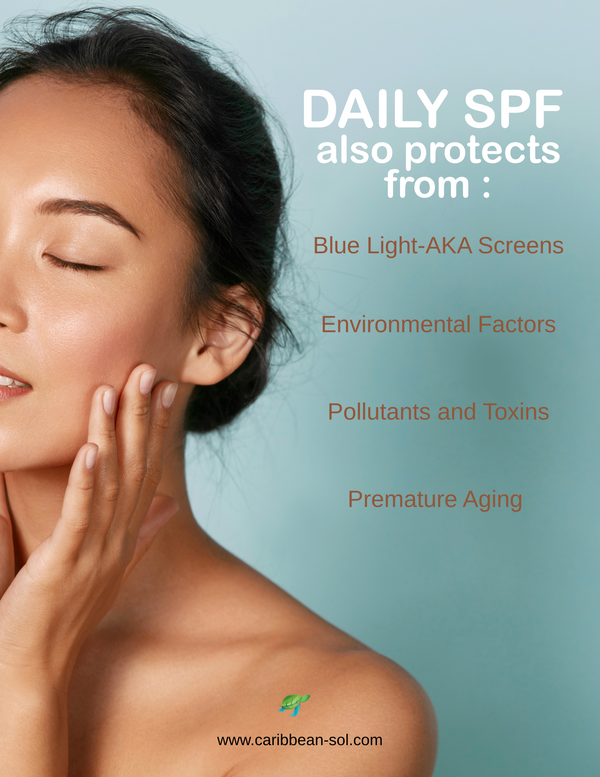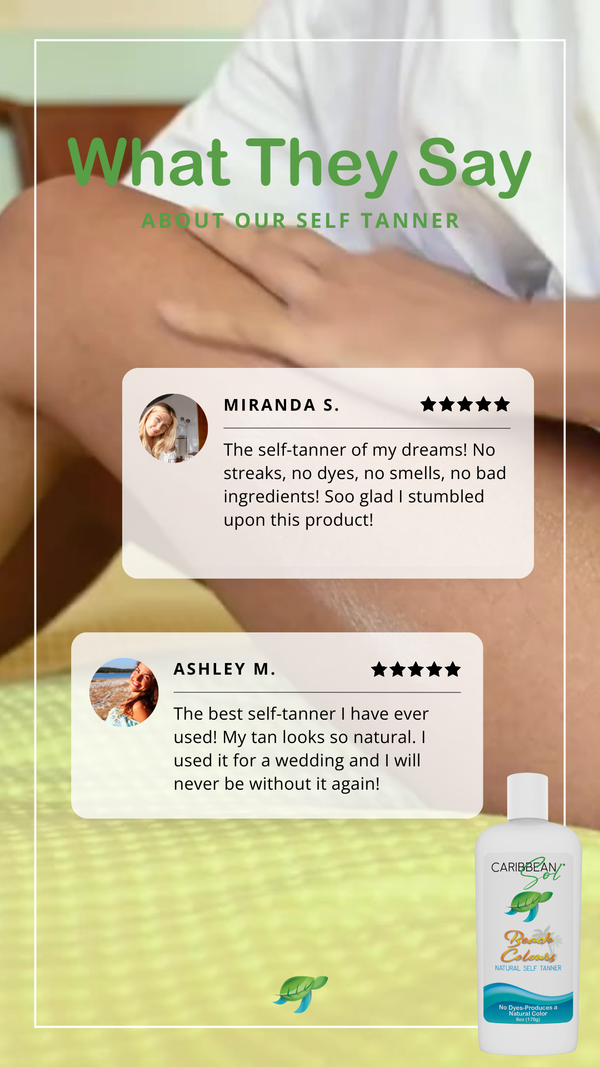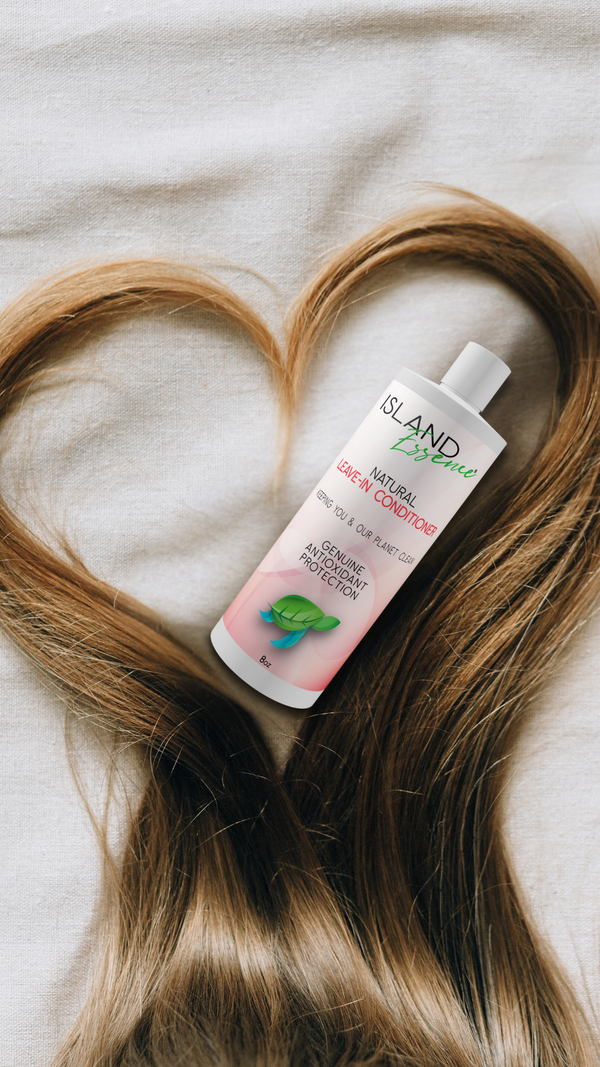When you think of sunscreen, chances are you picture a beach day, hot summer sun, and maybe a bottle of SPF tossed in your beach bag. But here’s the truth: sun protection is a year-round necessity, even in the cold, gray months of winter.
Just because you’re bundled up in coats and scarves doesn’t mean the sun stops affecting your skin. In fact, winter brings its own unique set of sun-related risks—and skipping sunscreen could be doing more damage than you think.
Let’s dive into why sunscreen should be part of your winter routine, no matter how chilly it gets outside.
☀️ UV Rays Don’t Take a Holiday
There are two main types of ultraviolet rays that affect the skin:
-
UVA rays: These penetrate deep into the skin and are present year-round. They cause premature aging, wrinkles, and can contribute to skin cancer.
-
UVB rays: These are the rays that cause sunburn. While they’re stronger in summer, they’re still active in winter—especially at high altitudes.
Even on overcast or snowy days, up to 80% of UV rays can still reach your skin. If it’s light enough outside to see your hand in front of your face, it’s light enough for UV damage to occur.
❄️ Snow Doubles the Trouble
One of the most overlooked sources of UV exposure in winter is snow. Snow reflects up to 80% of the sun’s rays—meaning your skin is getting hit twice: once from above and once from below.
This is especially risky if you enjoy outdoor winter activities like skiing, snowboarding, or hiking. The combination of altitude + snow reflection can significantly increase your UV exposure, even on cloudy days.
Fun fact: UV radiation increases by 10–12% for every 1,000 meters (about 3,300 feet) in elevation.
🧴 Cold Weather = Compromised Skin Barrier
During winter, the air is colder and drier, and indoor heating adds to the moisture loss. This can weaken your skin barrier, making it more vulnerable to environmental stress—including sun damage.
Here’s what happens when your skin is dry and exposed to UV:
-
It becomes more prone to irritation
-
Collagen breaks down faster
-
Fine lines and signs of aging appear sooner
-
Risk of hyperpigmentation increases
Applying a moisturizing mineral sunscreen not only protects from UV damage, but also helps lock in hydration and strengthen your skin’s natural defenses.
🧊 UV Damage is Cumulative and Silent
One of the biggest misconceptions is that if you’re not burning, you’re not being harmed. In reality, most sun damage happens slowly, over time, without any obvious signs until it’s too late.
-
UV exposure contributes to 90% of visible skin aging
-
Skin cancer is the most common form of cancer in the U.S.
-
One in five Americans will develop skin cancer by age 70
Protecting your skin in the winter isn’t just about vanity—it’s a proactive step toward lifelong skin health.
🧠 Sunscreen is a Habit, Not a Season
The key to long-term sun protection is consistency. Making sunscreen part of your daily routine—just like brushing your teeth or washing your face—ensures you're protected no matter the season.
Here’s how to make it easy:
-
Choose a broad-spectrum SPF 30 or higher
-
Apply to all exposed skin: face, neck, ears, and hands
-
Use a mineral sunscreen for sensitive or dry winter skin
-
Reapply if you're outside for long periods, especially in snow or at elevation
🧴 Winter Skincare Tip: Choose Mineral Sunscreen
In winter, your skin needs gentler care. Mineral (aka physical) sunscreens made with zinc oxide or titanium dioxide are:
-
Less irritating for dry or sensitive skin
-
Reef-safe and eco-friendly
-
Provide immediate protection—no need to wait 15 minutes before going outside
Look for sunscreens that also contain hydrating ingredients like hyaluronic acid, squalane, or aloe to double as both a moisturizer and a UV shield.
☁️ What About Cloudy or Indoor Days?
Think you’re safe on a cloudy or snowy day, or when you're mostly indoors? Not quite.
-
Up to 80% of UV rays can penetrate clouds.
-
UVA rays pass through windows—so even if you’re driving or working by a window, your skin is still exposed.
If there's daylight, there’s UV. And if there's UV, there’s a reason to wear sunscreen.
✅ Winter Sun Protection Checklist
-
☑️ Apply sunscreen every morning, even on cloudy days
-
☑️ Don’t forget spots like your lips, ears, and under your chin
-
☑️ Use a hydrating mineral sunscreen to combat dryness
-
☑️ Reapply if you're outdoors for extended periods
-
☑️ Wear sunglasses and a hat to protect eyes and scalp
-
☑️ Stay sun-smart all year round
🌞 Bottom Line: Sunscreen is a Year-Round Essential
Winter might feel like a break from the sun, but your skin is still at risk every day. The cold months bring their own set of UV challenges—from snow glare to weakened skin barriers to high-altitude exposure.
By wearing sunscreen every day, you’re not just preserving your skin’s appearance—you’re investing in its long-term health. So the next time you zip up your winter coat, don’t forget the final (and most important) layer: sunscreen.
Want a mineral sunscreen that works year-round—without the chemicals or fragrances? Check out our ultra-clean, winter-friendly formula here.




